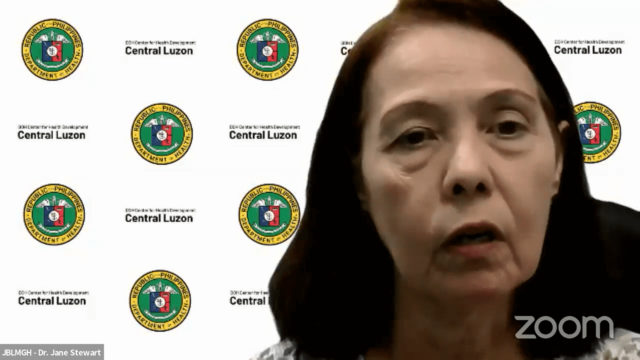CABANATUAN CITY (PIA) — The Department of Health (DOH) has provided guidance on proper care for children diagnosed with hemophilia.
This is in line with the observance of National Hemophilia Awareness Month this April by virtue of Proclamation No. 1478, series of 2008.
Jose B. Lingad Memorial General Hospital Department of Pediatrics Hematology Consultant Jane Stewart stated that hemophilia is an X-linked recessive bleeding disorder, usually inherited, in which the blood does not clot properly and can lead to spontaneous bleeding following injuries or surgery.
“The main symptoms of hemophilia include frequent nose bleeding, bleeding gums or mouth, swollen or tight joints, bruising, and prolonged bleeding from cuts or injuries,” she added.
There are two types of hemophilia depending on which clotting factor is lacking.
Hemophilia A, also known as Classic Hemophilia, is due to low levels of Factor VIII while Hemophilia B, also known as Christmas Disease, is due to low levels of Factor IX.
“About 80 to 85 percent of cases are Hemophilia A. They are more symptomatic and have more bleeding. Hemophilia B is the less common type that occurs in 15 to 20 percent of cases. They have fewer hematomas and less joint damage,” Stewart disclosed.
Hemophilia management depends on the severity of the symptoms, but generally, this involves infusion of the necessary clotting factors and control of bleeding.
As such, DOH provides several guidelines to help parents prevent bleeding episodes in their children with hemophilia.
First, parents are advised to inform healthcare professionals, including doctors, dentists, and nurses, that their child has hemophilia so they can observe bleeding precautions during procedures or immunizations.
Additionally, it is crucial to ensure that immunizations are given under the skin (subcutaneous) instead of into a muscle (intramuscular), using smaller needles to minimize the risk of bleeding.

Stewart recommended applying pressure and ice to the injection site for 5 to 10 minutes after the shot is given to further mitigate bleeding risks.
Moreover, parents should also ensure that toddlers wear helmets, and elbow and knee pads when riding bicycles.
“Children with hemophilia should not play contact sports such as football, wrestling, boxing, and basketball,” Stewart said.
She noted that any concerns regarding sports participation should be discussed with a doctor.
On top of that, parents are urged to seek immediate medical attention if their children experience symptoms such as head or neck bleeding, abdominal bleeding, joint bleeding, or soft tissue bleeding.
However, Stewart emphasized that recognizing symptoms of head or neck bleeding such as headache with vomiting, severe headache, blurred vision, sleeping a lot, personality change, and seizures is crucial, as these could signal a potentially life-threatening situation.
“If the parent sees [these symptoms], they should bring their child to the hospital or should concentrate if they have because the bleeding into the brain is very fatal,” she stressed.
Furthermore, management of hemophilia usually involves replacement therapy.
“In our setting, we still make use of cryoprecipitate for Hemophilia A, and fresh frozen plasma for Hemophilia B. And if [they can afford] or they belong to a support group, they make use of the Factor VIII concentrate for Hemophilia A,” Stewart said.
Other medications for children with hemophilia may be prescribed based on healthcare provider recommendations. (CLJD/MAECR-PIA 3)





